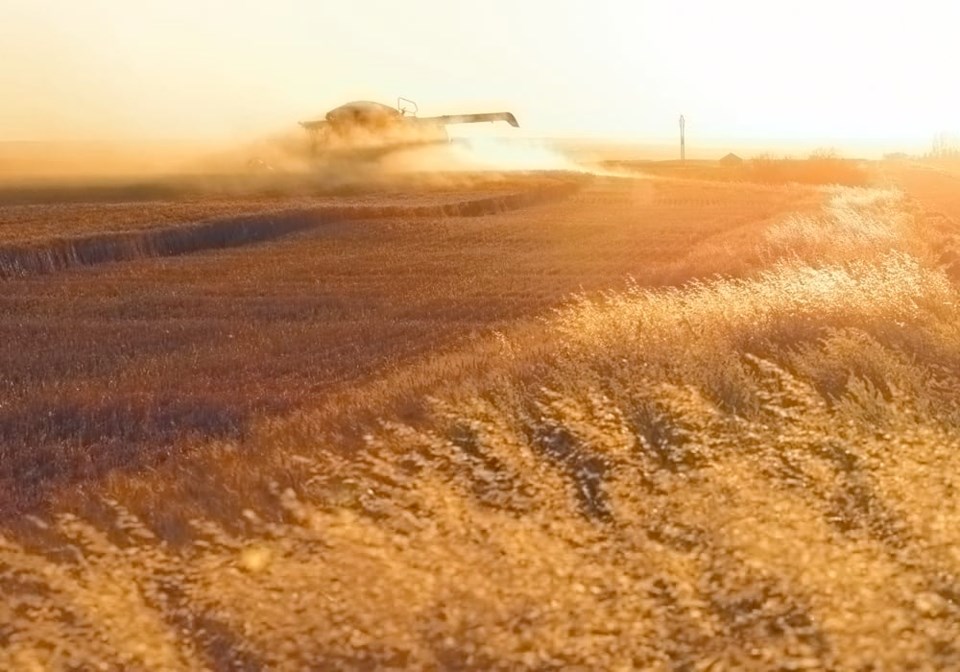WESTERN PRODUCER — Early combining reduces risk from weather, insects and phantom loss, which could be the only silver lining in this year’s harvest cloud.
Phantom loss describes the invisible grain loss from the combine’s threshing systems, according to a recent news release from GSI. Farmers minimize the risk of phantom loss by cutting their crops early.
In addition to the generally lower yield this year, there is one more negative factor to consider. Today’s combines are engineered to run at full capacity. The grain-on-grain activity within the threshing mechanism does not work efficiently in a light crop, said Lee Bonn, GSI product specialist for the three Prairie provinces.
A lot of heads pass right through the combine if there’s not a full load. Just to keep the combine full, some operators will cut a little lower for that added bulk. Increasing combine speed to gather in more material does not work very well.
“I’d rather have a heavy crop with handling and storage and drying problems than a light crop that makes less money,” Bonn said. “We have technology to handle heavy crops. That’s what we do at GSI. But nobody has the technology to make a light crop bigger.
“I’ve noticed that in a dry year with light crops, some farmers get by better than others,” Bonn said, adding that those who come out ahead of the game are already prepared in advance for whatever bad conditions Mother Nature has in store. They expect bad conditions.
Bonn had some observations on 2023’s poor crop.
“This year I’m seeing all kinds of crops in three different stages of maturity in one field. The good operator will get in there two weeks before cutting and spray a desiccant. Give it plenty of time before you harvest. Take it at 15 or 20 percent moisture, run it through the dryer, and you should see some pretty good grain for your efforts. I won’t say these guys actually benefit from a light crop, but I will say they’re not hit as hard.”
Early harvest also widens the window, resulting in less stress on people and fewer trucks, combines and other harvest equipment to get the job done.
Bonn said one way to deal with the multi-staging dilemma is to desiccate only the areas with immature crop. He practices precision ag on his own farm, applying all inputs in accordance with data he gathers from satellite images, weather services and his own on-farm sources.
“We spray within inches of the edge of an immature spot in the field. That allows us to combine right through a low spot with the rest of the field so we don’t lose that grain. Once green-on-green technology becomes common, farmers will leave a lot less grain laying on the ground.
“There are a few guys trying to save a little money by not spraying desiccant on the hilltops. If the knolls aren’t on their prescription map, they handle it by simply shutting the sprayer off on the knolls. Those are the kind of guys who’ll survive a poor year.”
When optimizing every acre, the key piece of iron is the combine. To harvest as much crop from each acre, the combine has to accurately follow prescriptions, which detail crop density across the field. In short, the combine has to be obedient.
“The latest combines from Case and John Deere and Agco are all pretty good at following instructions. John Deere maybe has a little better electronics but they all work well at obeying instructions. And the big deal now is farmers can share maps on different equipment brands.”





Bookmark SASKTODAY.ca, Saskatchewan's home page, at this link.